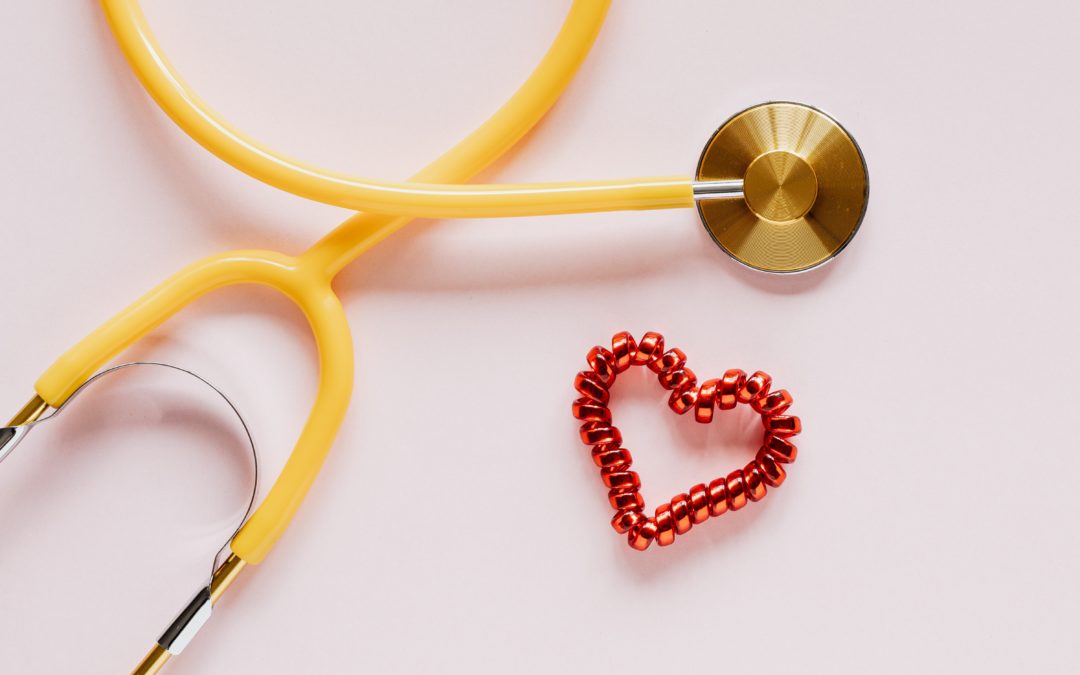Before plastic surgery, patients and doctors often relied on their imaginations to visualize the results of the procedure. With the help of 3D imaging, patients can now visualize their bodies in 3D, giving them a more accurate and realistic impression of their final outcome. Here are some ways 3D imaging works and reasons why it is so important before a procedure.
How 3D imaging works
Through multiple cameras, many 3D imaging systems take multiple images of a patient’s body. These images then create two virtual 3D renderings of the patient’s body, one for the “before” and one for the “after.” The doctor then can modify the “after” image depending on the patient’s wishes. It gives both the doctor and the patient freedom to fully understand how the results will look after a procedure.
The importance of 3D imaging
During the consultation stage, having accurate 3D imaging can help a patient visualize their desired results and develop an optimal strategy for their future. It can also help a doctor develop a personalized plan for their patient. Having an accurate and realistic image of themselves before and after a procedure can help a patient make an informed decision on whether or not they would like to proceed with the surgery.
3D imaging can also help predict the results of various plastic surgery procedures, such as breast augmentation and facial contouring. With an accurate and realistic image of their own body, patients can feel more confident about their potential results.
With the help of digital modeling tools, surgeons can now take MRIs and CT scans and convert them into detailed 3D models of their patients’ areas of interest. These models can be explored using virtual reality headgear.
Through the use of virtual 3D models, surgeons can now improve the efficiency of their surgical procedures by gaining a deeper understanding of their patient’s anatomy. They can also perform more thorough examinations of the pathological details of a disease without having to go through the time-consuming process of carrying out the surgery. Virtual 3D models of organs can also be shared by surgeons with their colleagues in other countries.
